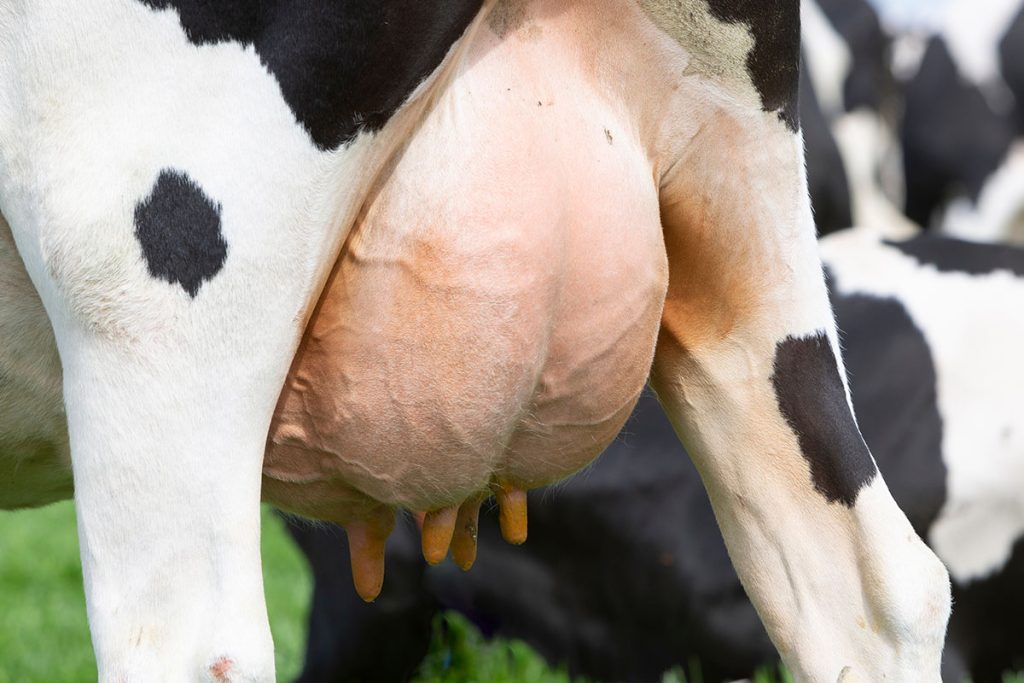Mastitis is the costliest disease in milk production worldwide, with 70-80% of economic losses caused by subclinical mastitis. It usually results in increased somatic cell counts, but no visible change to the milk or udder.
Staphylococcus aureus is internationally recognised as a primary agent of mastitis and a major cause of economic loss in the dairy industry. It’s also evolved to remain in subclinical form for long periods of time.
Production loss from subclinical mastitis has been reported from 4% up to 15%, which in financial terms, can quickly escalate, as the infection duration, number of infected cows and the value of milk increases.
Subclinical mastitis typically results in an elevated cell count in milk. This means that producers can miss out on incentive payments or face penalties when bulk tank milk somatic cell counts are above a certain threshold.
Several pathogens can cause subclinical mastitis, but a complication with S. aureus infections is its contagious nature. As subclinical infections often remain undetected, these animals can spread the infection to previously healthy cows, some of which can develop clinical mastitis. Subclinical infections can also flare up into acute mastitis in about 20% of cases, resulting in additional costs and milk production losses.
Furthermore, there are many other hidden costs that come with S. aureus infections, some of which relate to the relatively low rate of treatment success, despite a higher cost of treatment(1)
Work out what S. aureus mastitis could be costing you with our user-friendly calculator.


